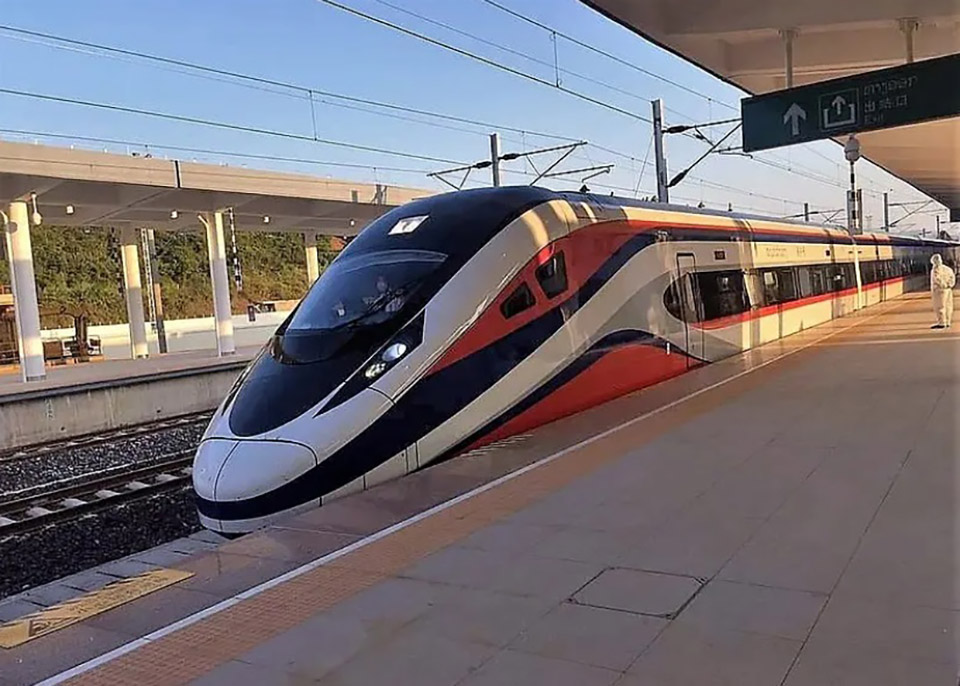
Krungthai COMPASS Research Center views the China-Laos high-speed rail project and the development of the Northeast as pivotal for transforming the region into an economic center of the Greater Mekong Subregion.
The center revealed that the China-Laos high-speed railway, currently operational for both passenger and freight services along the Kunming-Vientiane route, will directly benefit trade and investment in Thailand’s northeastern region, which is connected to this rail line.
The government has prepared to support the regional economy, with an expected investment of approximately 760 billion baht over the next five years. Of this, 640 billion baht will come from government investment in major infrastructure developments, including high-speed rail, dual-track railways, and airports, as well as in tourism promotion, border trade, smart cities, industrial estates, and special economic zones. The private sector is anticipated to contribute at least another 120 billion baht in investment.
According to Krungthai COMPASS Research Center’s studies and assessments, six provinces in the Northeast—Udon Thani, Mukdahan, Khon Kaen, Nong Khai, Nakhon Phanom, and Bueng Kan—have been identified as having significant growth potential from these investments. Key business opportunities highlighted include construction, logistics, auto dealerships, oil and gas, and healthcare sectors, which are expected to drive development in infrastructure, tourism, and investment areas in the near future.
The center advises businesses to prepare their services and personnel, including readiness in environmental aspects such as reducing air pollution and exploring green logistics approaches.
Furthermore, the government is urged to accelerate the development of the transport network in the Northeast, linking it with the China-Laos high-speed rail and promoting investment in the Northeastern Economic Corridor. (NNT)








